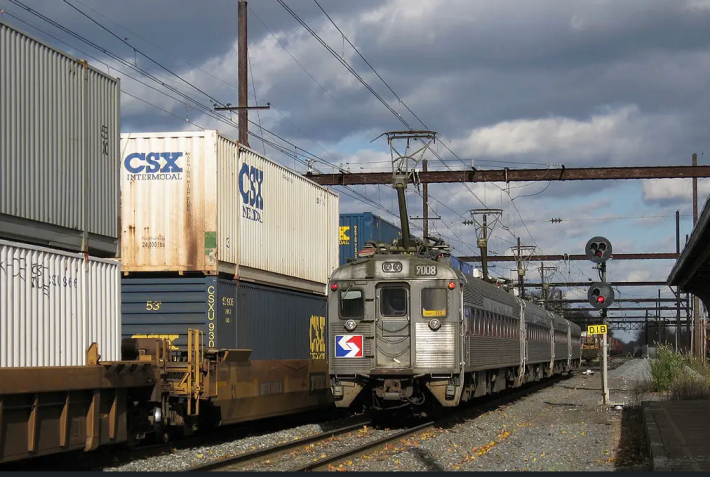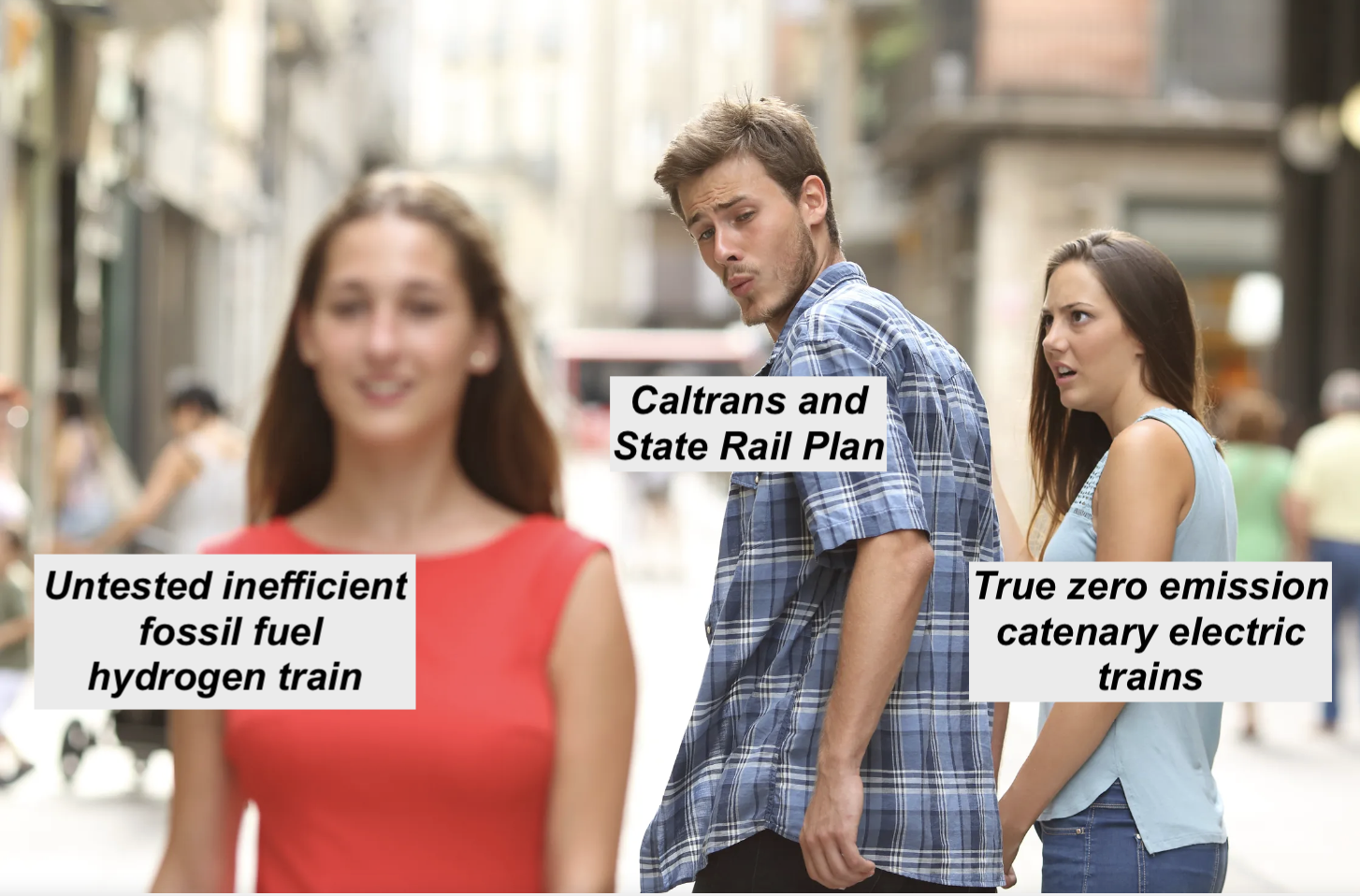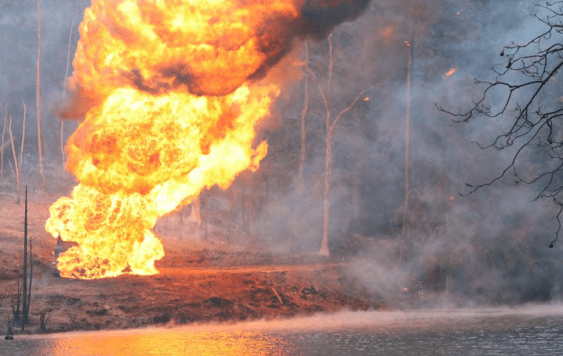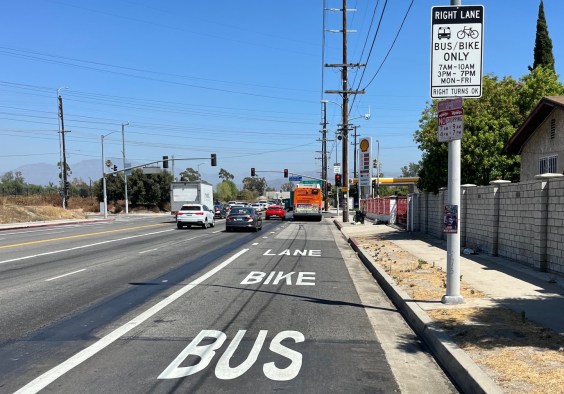California is planning to pursue untested, problematic hydrogen battery trains to reach its zero emission goals for rail travel - not overhead catenary wire, the well-tested, cleaner, most efficient way to power trains that will be used for high-speed rail and just debuted on Caltrain in Northern California.
This information came in response to questions from Senator Catherine Blakespear at yesterday's hearing of the Senate Transportation Subcommittee on the LOSSAN (Los Angeles – San Diego – San Luis Obispo) Rail Corridor Resiliency.
The committee has been holding hearings to discuss the future of this rail corridor, which has been facing serious problems due to coastal erosion along its route. Yesterday's hearing focused on an overview of the many state agencies that oversee and manage various state rail projects, and Chair Blakespear was interested in plans to meet California's goals to transition to zero emission power. She specifically asked several times about overhead catenary wire.
None of the panelists had any response until Kyle Gradinger, who heads up the Rail and Mass Transit Division at Caltrans. No, he told her, the upcoming California State Rail Plan does not include any planning or visioning for overhead catenary wire.
"We looked at all those options, and what we decided was that for the immediate needs for valley rail and some of the projects that we have, we thought that hydrogen is the best solution for those," he said.
"We did an analysis of the state-supported intercity passenger rail corridors - San Joaquin, Capital Corridor, and the Surfliner [which runs on the LOSSAN corridor] - and the cost to electrify those corridors alone was $7 billion," he said.
And, he added, "constructing catenary under traffic [conditions] on someone else's railroad [right of way, because the freight companies own much of it] creates a lot of hurdles… electrification is the gold standard, but there are a lot of obstacles."
But hydrogen fuel cells would only cost about "$20 million per train," he said. "Brightline and High-Speed Rail have to do it, because of the speed of their trains and physics, and they're also constructing catenary on a greenfield location," said Gradinger - meaning that their routes are newly built, not already used for existing trains.
"We are going with a hydrogen fuel cell hybrid train similar to what SPCTA is about to roll out, to improve service in the Central Valley between Sacramento and Merced and to provide a good connection to High-Speed Rail when it arrives," he concluded.
The State Rail Plan is still in draft form; a final version is expected to be released in the coming months. But a search through the draft document found no analysis of the costs of overhead catenary. Gradinger referred to one done by Caltrans "several years ago," but it is not linked in the plan.
As a matter of fact, overhead catenary is only mentioned twice in the entire draft plan: once when referring to Caltrain's recent launch and to high-speed rail, and once to suggest it could be used to charge hydrogen battery-powered trains en route. No, really.
Caltrans is planning to commit the state to pursuing a technology that is unproven, currently untested, and will involve unknown but extensive future costs. Hydrogen is not cheap.
But: about that $7 billion estimate to build overhead wire on existing rail corridors. Did Caltrans just come up with a big number, and then decide it was too much money and give up? It would not be the first time they have done so as a way to avoid doing something. For example: when they claimed that having to build streets that work for people would cost an estimated $4.5 million per mile, in response to a Complete Streets bill that ultimately failed in part because of this claim.
Meanwhile, the argument about it being hard to construct overhead catenary over existing traffic is a weak excuse. Caltrain just did it, while passenger trains were running underneath. Arguments have been made that non-electric double-stacked freight trains can't run under tracks with overhead wire, but those have been thoroughly debunked. It's a common practice, even along the newly electrified Caltrain tracks in the Bay Area. And while it might be true that the freight companies resist giving an inch of what they consider their property, they are also subject to state zero-emission rules. Wouldn't they rather have some overhead wire to run electric trains as well?

The bottom line is, no matter what Caltrans is claiming, feasibility is not the real issue. But even if that $7 billion estimate is accurate, the other side of the equation is definitely not. Caltrans' claim that they can buy new hydrogen battery trains "for $20 million per train" and be done with it leaves out a lot of other costs. Even the state rail plan points to the significant and "critical" supporting infrastructure that hydrogen will require to operate, including battery recharging stations, hydrogen refueling facilities, and hydrogen production facilities. Not to mention the costs of storage, hydrogen tank farms, freezers, and pipelines. Hydrogen is not cheap.
Even more galling is that throughout the entire document, hydrogen and "ZE" (zero-emission) are used interchangeably - and that is not remotely accurate.
For one, at present, there is no such thing as a ZE hydrogen anything. Hydrogen is currently sourced from fossil fuels. The technology itself remains underdeveloped/in development and, per the state rail plan, is "not expected to be commercially viable in the United States until 2026."
Meanwhile, though, Caltrans says it "can reduce emissions in its current locomotive fleet" cheaply by converting to renewable diesel and using cleaner diesel technology. In other words, they can put off a reckoning and work "incrementally" towards lowering emissions without having to invest much.
Caltrans is planning to commit the state to pursuing a technology that is unproven, currently untested, and will involve unknown but extensive future costs. It all begins to sound like an advertisement from Chevron, which is marketing hydrogen as a clean fuel.
It gets worse. A lot has been made of hydrogen's "clean" power - once you can find a renewable, sustainable source of hydrogen that doesn't involve fossil fuels, that is. Its use produces only water vapor, and who could argue with that! Scientists, actually. They have been sounding the alarm about hydrogen's potential to produce harmful greenhouse gases.
First: hydrogen leaking out of facilities where it is produced and stored enters the atmosphere, where it inhibits the breaking down of methane - thus making methane stick around longer, increasing its greenhouse gas effects. There is no room for mistakes, no room for accidents here. Are there any industries that have never had accidents?
Second: if hydrogen is used as a fuel source that is burned - not in train batteries, but in other types of facilities - it creates NOx, a harmful pollutant and greenhouse gas. This is a wildly inefficient use of hydrogen power, but if people keep insisting that hydrogen is "clean," that could easily be lost in the shuffle.
But third and most definitely worse: the supposedly harmless water vapor produced when hydrogen batteries propel trains and buses and cars and bikes (yup, bikes) rises into the stratosphere and creates its own greenhouse effect. Because hydrogen use is still so new - and untested - its long-term effects on the climate are unclear. Is it worth FAFO?
Suffice to say, calling hydrogen power a "zero-emission technology" is a lie that needs to be stomped out of the state rail plan and all other state plans that aim to fight climate change.






